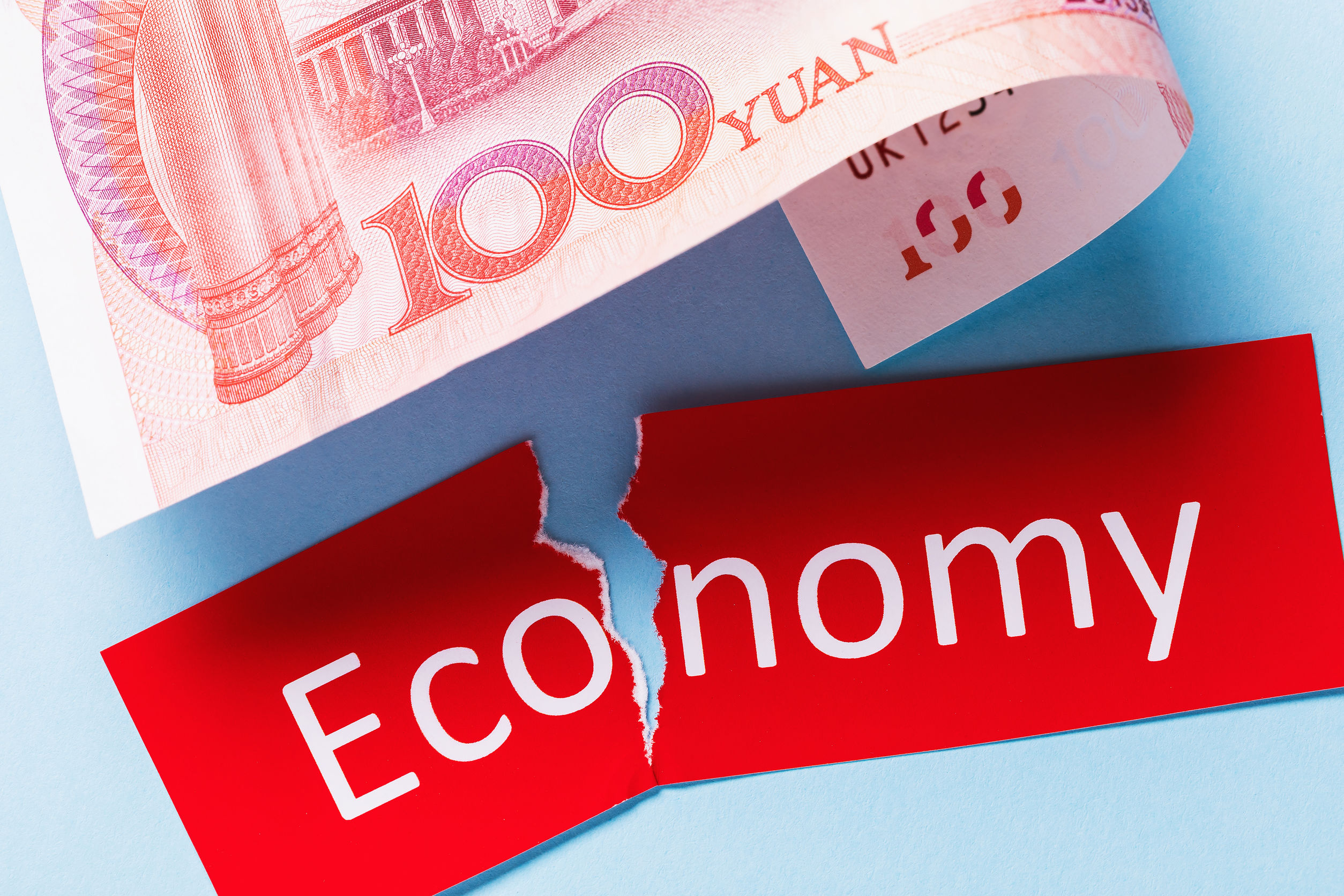Asian economies reel from COVID-19 outbreak
- Shawn Liew
- Topics: Home Page - News, News

Developing economies in Asia will see growth shrink to 2.2% this year as global demand continues to be dampened by the COVID-19 outbreak. This will be the slowest since the 1.7% expansion recorded in 1998, a year after the Asian financial crisis, said the Asian Development Bank (ADB) in a new report.
Yasuyuki Sawada, ADB’s chief economist, said, “No one can say how widely the COVID-19 pandemic may spread, and containment may take longer than currently projected. The possibility of severe financial turmoil and financial crises cannot be discounted.”
The ADB estimated COVID-19 to cost the global economy between US$2 to US$4.1 trillion, or equivalent to between 2.3%-4.8% of global GDP. China, Asia’s largest economy, is likely to grow 2.3% this year, down from 6.1% last year. According to China’s National Bureau of Statistics, China reportedly lost 5 million jobs in the first two months of this year alone, with urban employment recording a high of 6.2% in February.
China’s slowdown will have a cascading effect on economies with strong trade and investment ties to the country. For example, growth in Southeast Asia is expected to plunge to 1.0%, after registering 4.4% growth last year. Thailand’s central bank expected the economy to contract by 5.3%, Malaysia’s central bank predicted GDP to shrink by as much as 2%, while neighbour Singapore said GDP could be reduced by as much as 4%.
And while the ADB provides a more optimistic outlook by predicting that Asia’s growth could rebound to 6.2% next year, the cost on livelihoods in the region could still be a hefty. Standards & Poor’s recently forecasted the permanent income loss for the Asia-Pacific region, including India, from the impact of COVID-19 to be US$620 billion.
Sounding ADB’s own note of caution, Sawada concluded, “The evolution of the global pandemic, and thus the outlook for the global and regional economy, is highly uncertain. Growth could turn out lower, and the recovery slower, than we are currently forecasting.”






